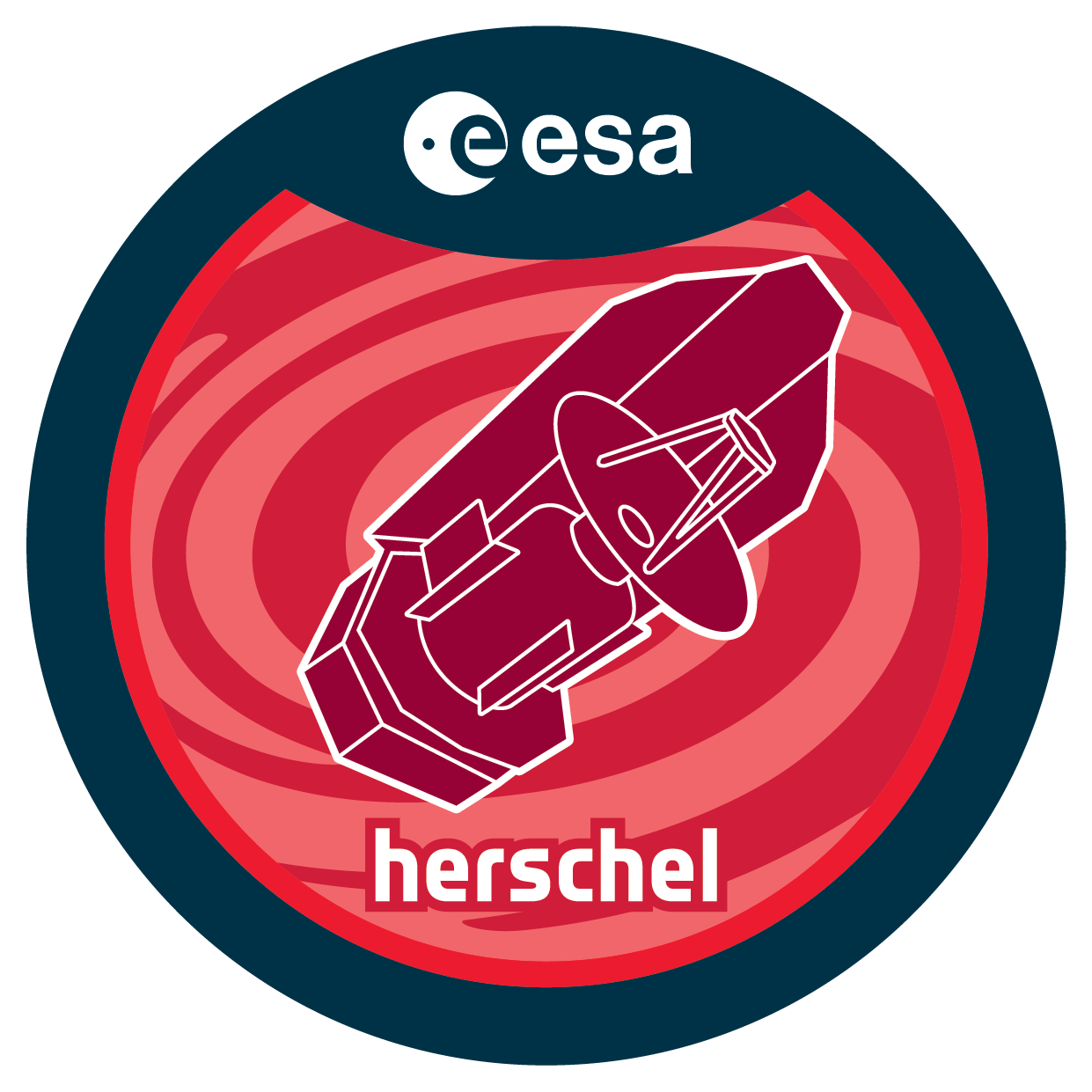| Description |
For deep imaging longward of 100 um, confusion noise sets thefundamental sensitivity limits achievable with Herschel, and theselimits cannot be improved by integrating longer. To penetrate throughthis confusion limit and detect faint high-redshift galaxies,gravitational lensing by massive galaxy clusters offers a verypowerful and yet cheap solution. For this reason, our team has beenconducting a PACS/SPIRE imaging survey of 44 massive lensing clustersas one of the Herschel Key Programs, The Herschel Lensing Survey(PI: Egami, 292.3 hrs). Deep PACS/SPIRE imaging data of massiveclusters are quite rich with a variety of information, which allows usto study not only the properties of gravitationally lensedhigh-redshift galaxies but also those of cluster member galaxies andthe intracluster medium through the analysis of the Sunyaev-Zeldovicheffect.In January 2010, a massive HST program targeting powerful lensingclusters was accepted as one of the three multi-cycle treasury (MCT)programs. This program, the Cluster Lensing And Supernova surveywith Hubble (CLASH), has an allocation of 524 orbits, and willobtain deep ACS and WFC3 images of 25 massive galaxy clusters using 16broad-band filters from near-UV (2250 A) to near-IR (1.6 um). Theseextensive multi-filter imaging observations will producehigh-precision photometric redshifts (sigma/(1+z)<0.02). On average,the program spends 20 orbits per cluster. Considering this enormousinvestment of HST time, the CLASH program will define the ultimatesample of massive galaxy clusters on which future studies will focus.Here, we propose to obtain deep PACS and SPIRE images for 10 CLASHclusters that still lack such data (the other 15 clusters already havea good Herschel coverage). To fully exploit the combination of theHerschel and HST data, the HLS and CLASH teams are submitting thisproposal jointly with the participation of key scientists from bothteams. |

